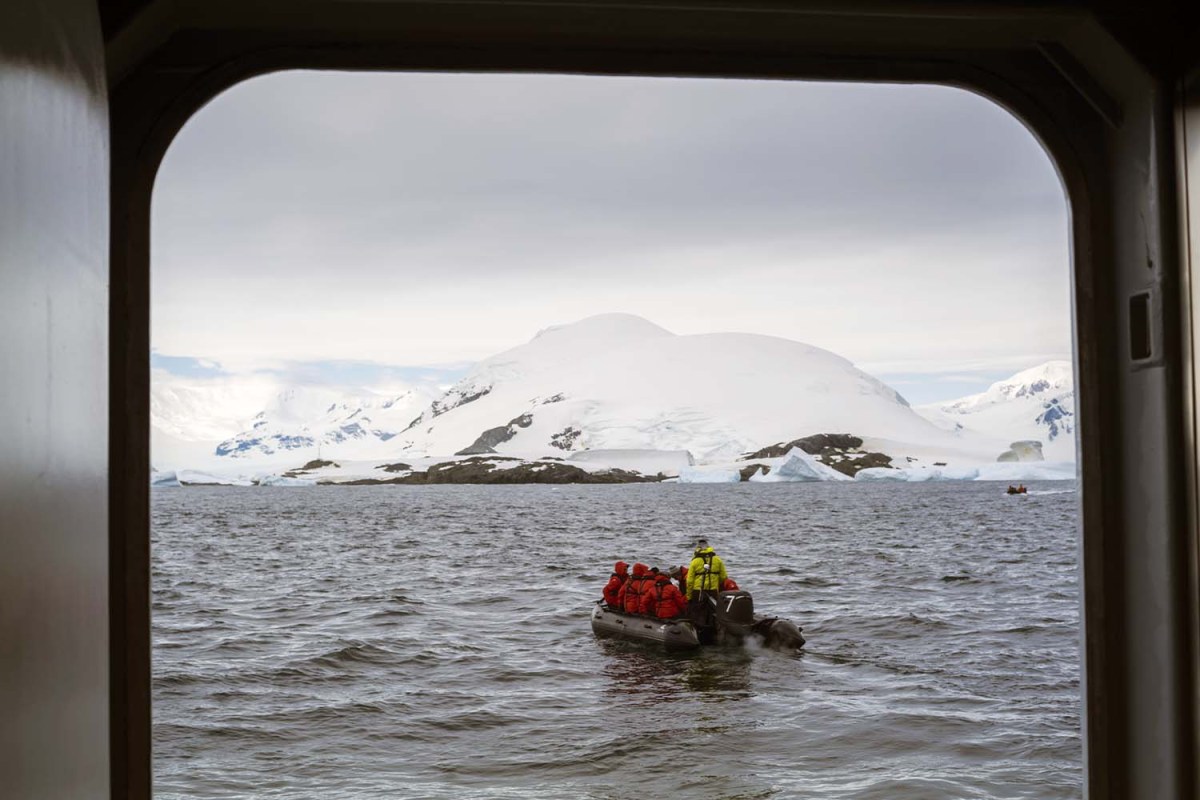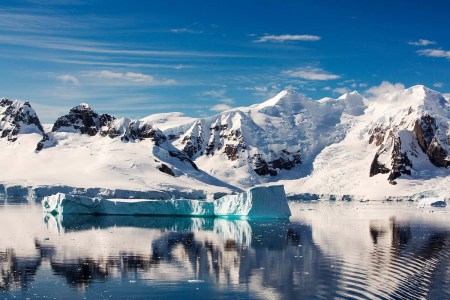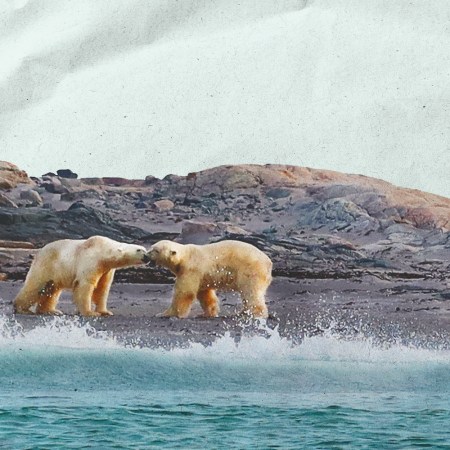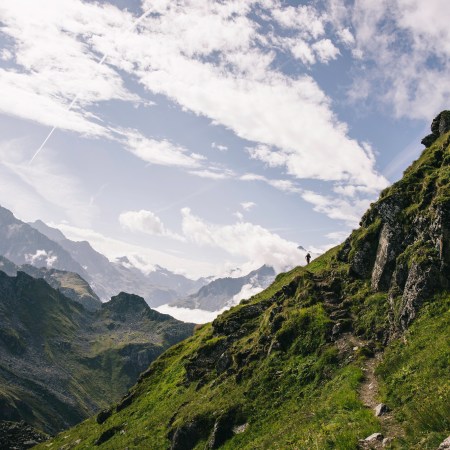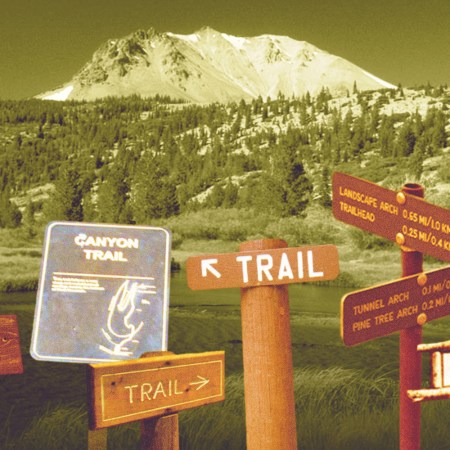In June, I found myself climbing into a submersible in the middle of a Greenlandic fjord — just as another, more notorious submersible was lost in the Atlantic. But thanks to a helpful pilot, I felt completely at ease as we descended into the depths in one of the Seabourn Venture’s two U-Boat Worx Cruise Sub 7s. We glimpsed only a scattering of life — some sea stars, a few sea squirts, a lone flatfish — but the experience was monumental, akin to what it might be like to venture into space for the first time.
This sort of adventurous, once-in-a-life moment is becoming more and more accessible as expedition cruising increases in popularity. In a recent report forecasting 2023 travel, Virtuoso noted that “more travelers are seeking out activities that require greater mental and physical exertion.” The travel company confirmed, “There’s a rising interest in scientific expeditions like shadowing researchers in Antarctica and the Galapagos,” adding that “clients are indulging in activities that push beyond the typical comforts.”
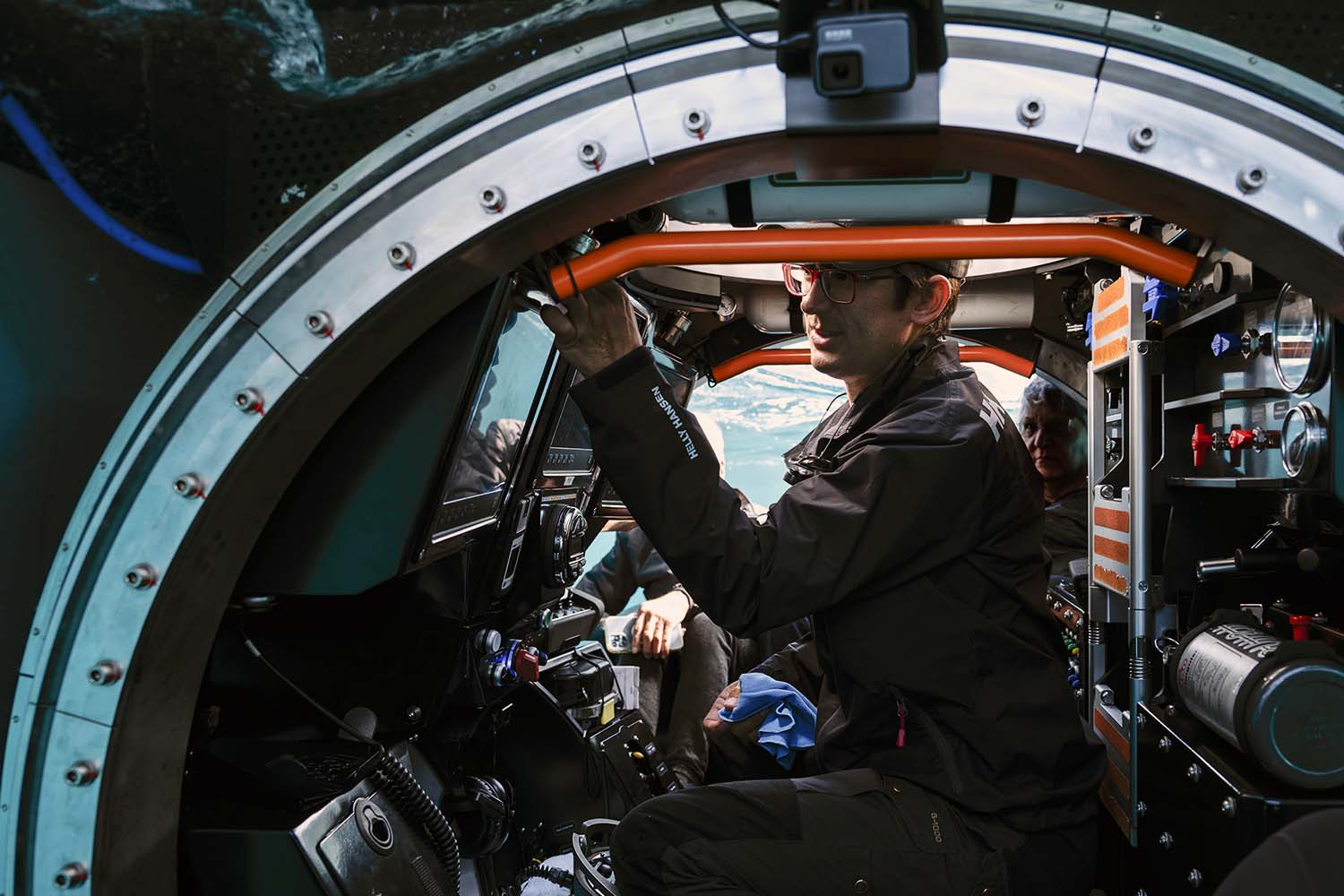
“The growth in the expedition industry in the last five years is the fastest growing segment in the cruise industry,” says Robin West, Vice President and General Manager of Expeditions for Seabourn. “There’s probably 45 new expedition vessels that have been built since about 2018. I think social media plays a big influence in the sense that there’s so much more awareness of these remote areas — it’s just so much more on everyone’s radar.”
An expedition cruise differs from a traditional cruise in several ways. An important factor is the ships themselves: an expedition ship is a small, purpose-built vessel designed to travel to remote areas for extended periods of time without needing to constantly be in a port. They typically have reinforced bows that allow them to push through areas of ice in destinations like Antarctica and Greenland. Ponant’s Le Commandant Charcot is an actual icebreaker, which is useful for transporting guests to the North Pole.
Expedition ships are also outfitted with Zodiac rafts, kayaks, submersibles, and other adventure gear, as well as specific decks and areas for wildlife sighting. Seabourn’s two expedition ships, the Venture and the newly-launched Pursuit, have expedition teams formed of 24 experts, from geologists to ornithologists. Viking’s Octantis and Polaris have working scientific laboratories onboard, where researchers test the Antarctic waters for microplastics and track seabirds, and both ships launched weather balloons as part of a partnership with NOAA. Onboard, the day-to-day itinerary tends to evolve.
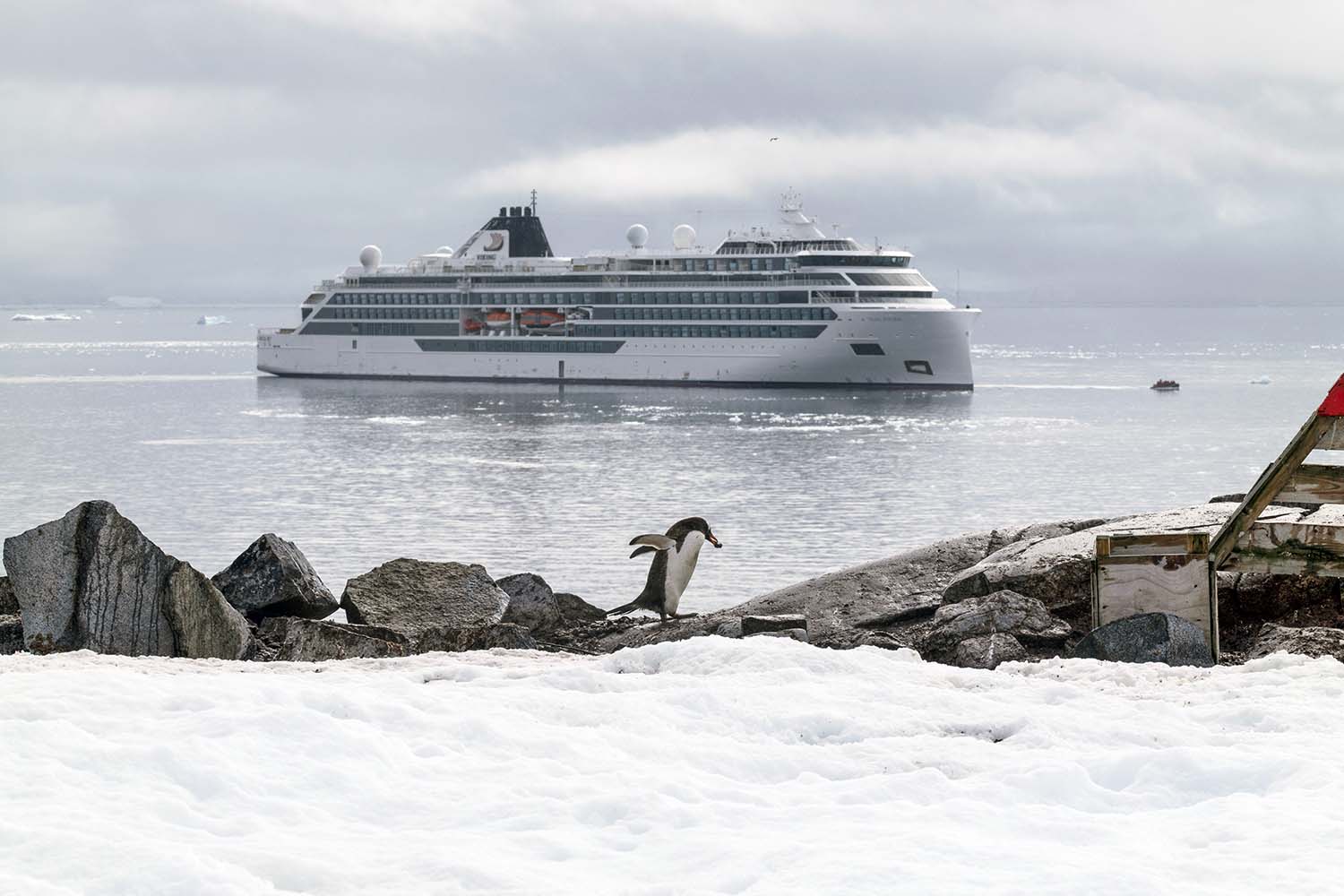
“Expedition travel is more flexible, guided by the weather, or other surprises found along the way,” explains Hayley Peacock-Gower, Chief Marketing Officer of Aurora Expeditions, which hosts expeditions all over the world. “Our expedition team is not afraid to adjust our schedule to make the most of unexpected wildlife or scenic displays, and they encourage our passengers to get off-ship as much as possible — that is where the real adventure is on an expedition cruise.”
There’s also a focus on education, although not always in an overt way. Many expedition ships host lectures and talks, screen nature films and hold daily briefings where the expedition leader discusses the plan for the next day and shares details relating to the destination. Most importantly, guests see and experience the environment, local culture and wildlife daily.
“Guests want to learn, but they are on a holiday,” West says. “They don’t want to have the academics forced down their throats on a day to day basis and have to take notes. Instead, you want to create this fun learning environment that is not just theoretical, but it’s also practical because you’re heading out into the environment.”
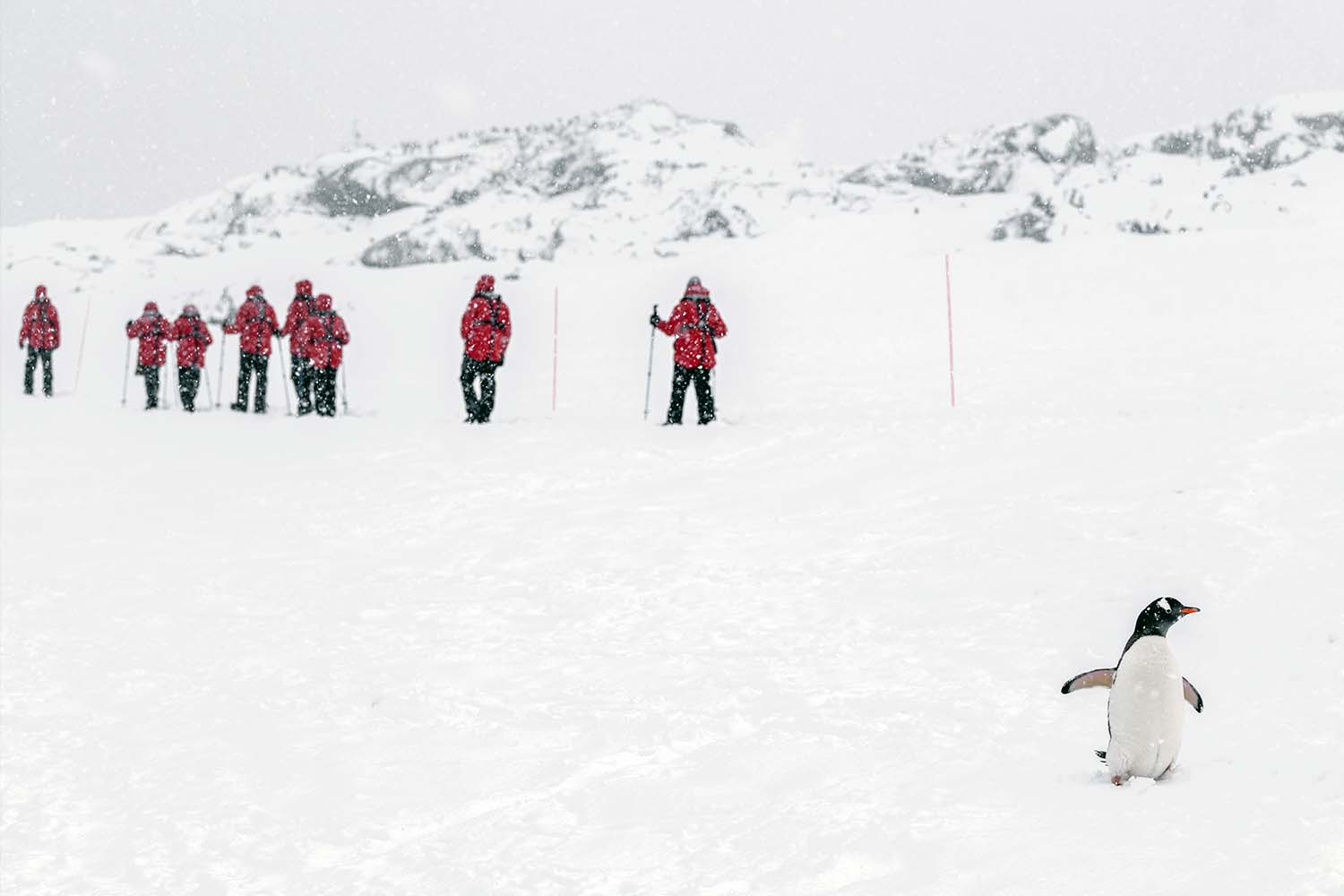
Many cruise companies have focused on polar destinations for their expeditions, especially Antarctica, which has become increasingly popular in recent years. During the 2022-2023 season, from October to March, a record 105,331 people visited Antarctica, according to the International Association of Antarctica Tour Operators (IAATO). On Viking, the focus is on pairing a comfortable, high-end cruising experience while engaging guests in the reality of one of Earth’s most fragile places.
How to Plan a Trip to Antarctica
Everything you need to know ahead of your first trek to the White Continent“Learning about the environment of Antarctica is very important to all of us,” explains Berna Urtubey, the expedition leader on the Viking Polaris. “Antarctica is driving the weather and the climate of the world, so it is extremely important that we preserve Antarctica as clean and as pristine as it still is today … we hope and expect that our guests become Antarctic ambassadors.”
You don’t have to go as far south as the Antarctic Peninsula to experience an expedition cruise. Seabourn brings guests to the coasts of South America, Greenland and even the Northwest Passage, and soon will explore the warm weather region of The Kimberley in Australia, an up-and-coming destination that is also served by Ponant’s ships. Hurtigruten Expeditions goes everywhere from Svalbard to the Galápagos Islands to Cape Verde. There are also many options in the U.S. itself. During the Antarctic off-season, Viking’s two expedition ships head to the Great Lakes, while Seabourn has an array of Alaskan cruises that operate on ocean ships with their added Ventures by Seabourn program.
In May, American Queen Voyages kicked off its second Alaska expedition season on the Ocean Victory, with 12- and 13-day journeys through areas that feel undiscovered to guests. Cindy D’Aoust, President of American Queen Voyages, says the company is noticing that “travelers are looking to be more intentional about where they spend their money and what they get out of their travel experience.” It’s attracting a younger generation who might not typically spend their vacation days or travel budget on a cruise.
“These cruises have definitely attracted younger guests who are interested in less-discovered wilderness terrain and carry a deep passion for the destination itself,” D’Aoust explains. “Beyond passengers, these vessels have researchers and scientists onboard tracking whales, gaining ocean samples and educating passengers on their surroundings, all in all making a trip more intentional. Expedition cruises are great for travelers looking for longer sailings and who show a preference for hands-on experiences that offer unique connections with local communities.”
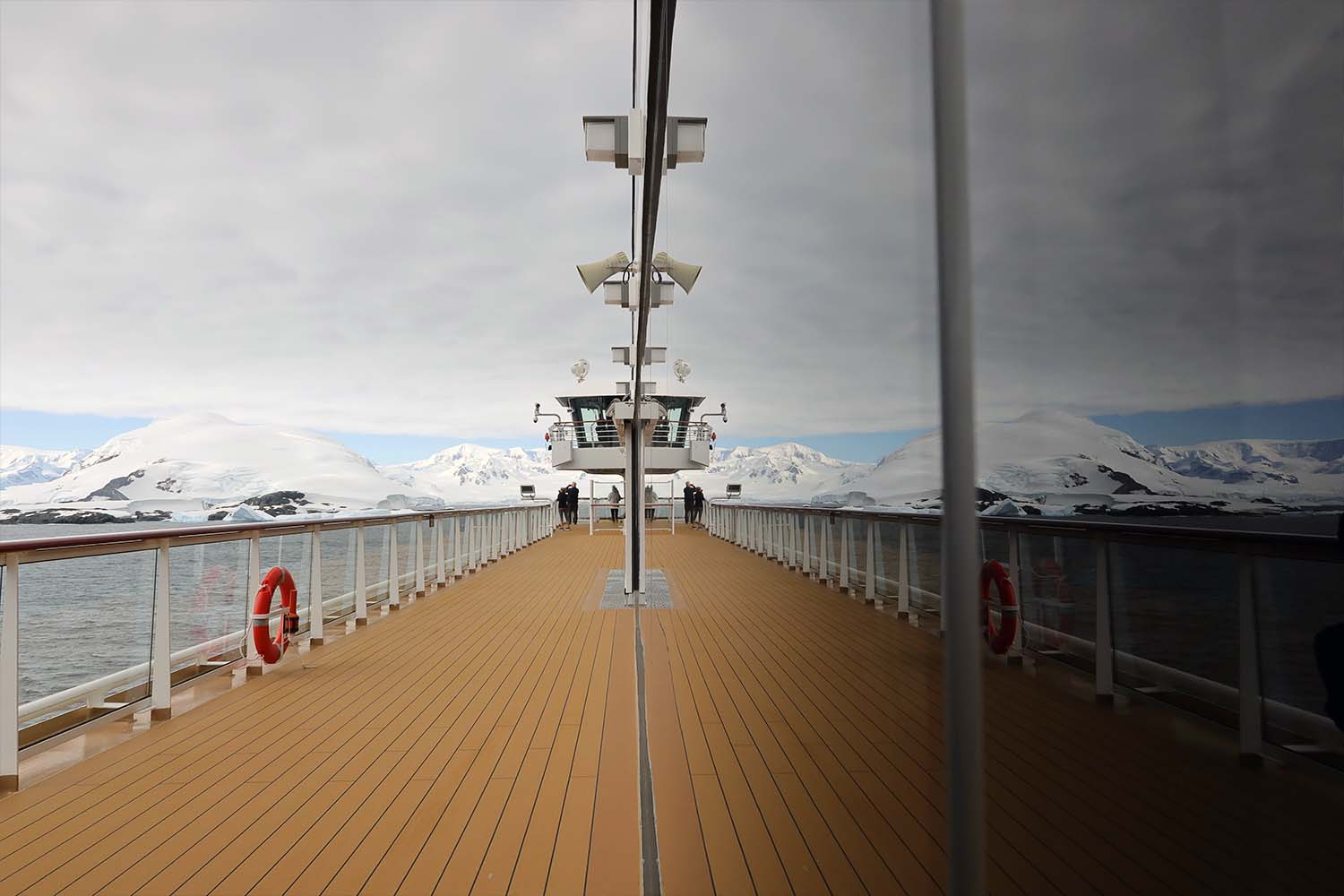
West notes that Seabourn’s expedition itineraries attract a similarly-aged traveler to their ocean cruises, but he encourages people not wait too long to take that coveted Antarctic voyage. Non-retirees can take advantage of the high-speed Starlink WiFi onboard the Venture and the Pursuit to work remote from places like Greenland and Iceland.
“We do sometimes find on an expedition vessel, because of the demographic, we have some guests who have left it too late,” West notes. “And although they can still enjoy Antarctica, they don’t have the physical capabilities to really do what they would like to do. Sometimes they get frustrated because they’ve left this bucket list destination until the end.”
An unexpected highlight of an expedition cruise is how it pushes travelers out of their comfort zone — in a way that feels adventurous and safe. Guests have to gear up before they board the zodiacs, which zip around icebergs and inch up close to massive glaciers. The submersibles offer an experience many might never otherwise do. Activities take place in rain, shine or sleeting deluge. Expedition team members carry guns in case of polar bears.
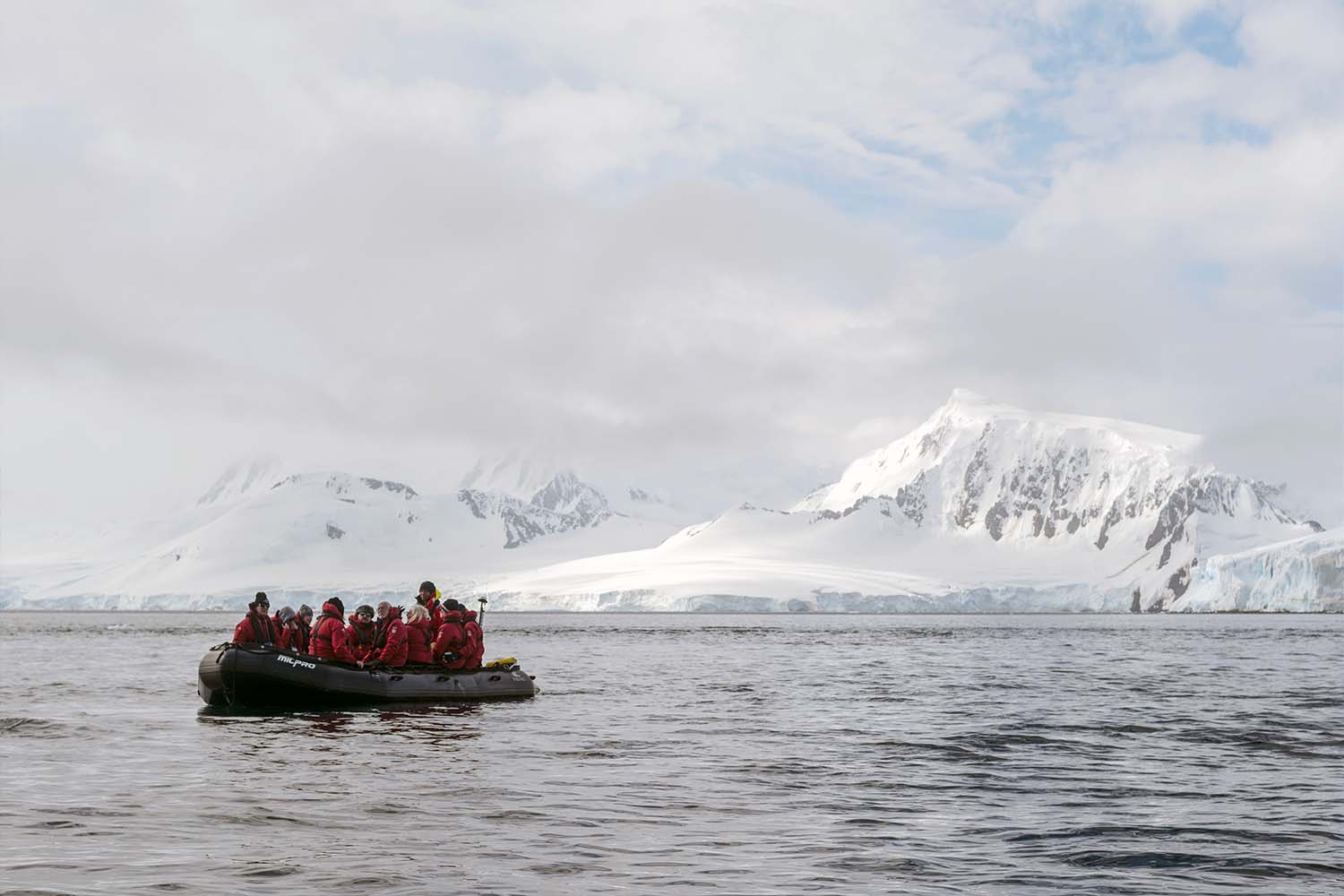
“That is part of the experience,” explains Daniel Fox, the expedition photographer in residence for Seabourn and author of Feel the Wild. “Going on a zodiac drive, getting out when it is raining and windy, being out there when it is cold, landing on beach with the zodiac — being on an expedition is all about learning and feeling like you have accomplished something you would have not done before.”
Being in these remote places, perhaps surrounding by penguins, is also transformative. Since traveling on expeditions to Greenland and Antarctica, I read more about the climate crisis and ice melt, and I’ve become more conscious about microplastics in the water because I saw them myself onboard the Viking Polaris. Seeing melting glaciers up close made things feel even more dire and encouraged me to take more responsibility. For many, an expedition cruise is an opportunity to experience firsthand why the Earth is worth saving.
“Jacques-Yves Cousteau’s famous quote ‘People protect what they love, they love what they understand and they understand what they are taught’ is at the core of the expedition experience,” Fox says. “Guests get to feel these places. They get to learn about them. Then they get to share their love and spread the word of the importance in protecting them. When done properly, expedition cruising is one of the best tools for conservation.”
This article was featured in the InsideHook newsletter. Sign up now.
